JVx 1.1 is available
Yesterday, we released a brand new version of JVx. The version number is now 1.1. We had some delays between 1.0 and 1.1 because we decided to do more researching as we originally planned. The 1.0 release was too stable and full featured because we only got positive feedback and some feature requests. Our product VisionX also uses JVx 1.0 and our customers had absolutely no problems.
Last year, we decided to open our nightly builds for everyone and because of our high quality standards, we had a new release every day. Some versions were broken but most versions were ready for production use. Of course, a nightly build is not an official release.
But now you are able to use the latest version of JVx as an official release and of course we offer full support.
We have a bunch of new features and smaller bugfixes. Many changes are related to other open source frameworks because we researched a lot of interesting libraries and frameworks. The famous ones are Javeleon and Vert.x.
So, what happened with JVx since 1.0?
- Improved REST support for all server-side life-cycle objects. It's possible to call actions and to access data (CRUD and metadata). The REST interface is using the same APIs and the same security settings as your web or desktop application. If you're using JVx, it's a task of 1 minute to bind external html5 clients.
It's very easy to provide custom data for your customers, e.g. create a view in your database, use existing DAOs or dynamically create reports. You'll need about 5 minutes to provide new functionality. - Full support for Vert.x
We successfully used Vert.x http and socket server instead of Tomcat or JBoss. Simply use your existing applications and integrate them in your Vert.x environment. Don't change your application, simply use another technology.
Simply use Vert.x event bus for asynchronous and live messages. - Execute database procedures and functions like Java functions. Don't write many LoC for database access. We now offer input and output parameters as known from direct JDBC calls. We didn't reinvent the wheel but made JDBC a little bit easier to use.
Standard JDBC procedure call:
// Standard IN-OUT Parameter Test with plain JDBC
Connection con = dba.getConnection();CallableStatement cstmt = con.prepareCall("{ call EXECPROCEDURE(?, ?, ?) }");
cstmt.registerOutParameter(1, Types.DECIMAL);
cstmt.registerOutParameter(3, Types.VARCHAR);cstmt.setObject(1, BigDecimal.valueOf(1), Types.DECIMAL);
cstmt.setObject(2, "ABC", Types.VARCHAR);
cstmt.execute();Same procedure call with JVx:
OutParam ouTextParam = new OutParam(InOutParam.SQLTYPE_VARCHAR);
InOutParam ioNumberParam = new InOutParam(InOutParam.SQLTYPE_DECIMAL,
BigDecimal.valueOf(1));
dba.executeProcedure("execProcedure", ioNumberParam, "ABC", ouTextParam);The Oracle procedure:
- Custom UI factories
It's now fully supportet that you create your own UI factories or extend existing factories. A JVx application will use your custom factory. This allows replacement of single standard components with your own components or simply integrate new components in your application.
- Oracle Forms integration
The whole framework was successfully integrated in Oracle Forms applications. A JVx application or a single screen interacts with Forms like standard Forms screens. It's now possible to use modern UI elements in your Forms application without changing or migrating the whole application. We use both technologies and that boosts development time.
- Full NTLMv2 authentication support
We had support for NTLMv1 in JVx 1.0 and earlier, but with modern Windows OS' you had to set a registry key to force NTLMv1 because the OS' used NTLMv2. We now support modern Windows versions (Vista, Win7, Win8) out-of-the-box.
- JVx is ready for Embedded devices
We made some experiments with embedded Hardware like RaspberryPi or Beagleboard. We always used JVx for our applications and JVx 1.1 works without problems. If you're interested in our experiments, check our Videos on YouTube.
- Pimped standard Save file dialog to ask for override existing files
- Prepared JVx for JVx.mobile
The complete changelog is available here.

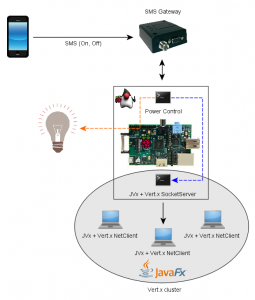
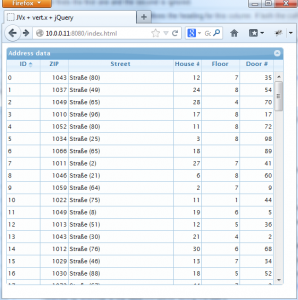
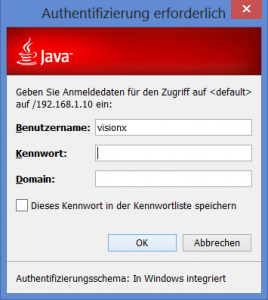
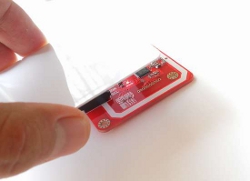
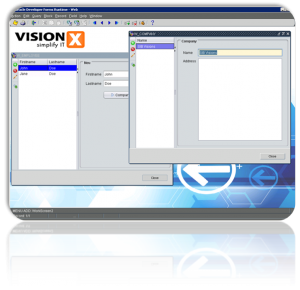
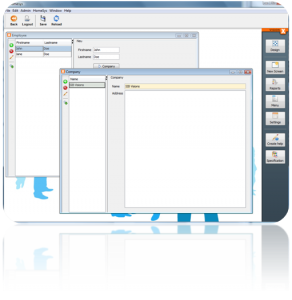
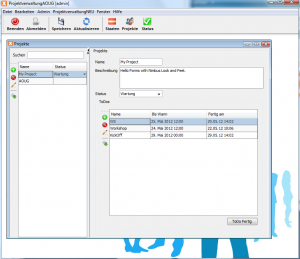
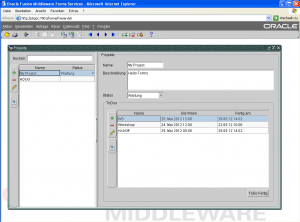
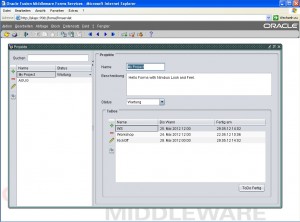
 RSS-Feed
RSS-Feed